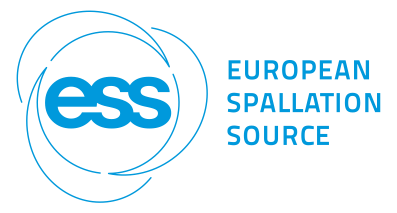Description
Michael Gradzielski1*
Stranski Laboratorium für Physikalische Chemie, Institut für Chemie, Technische Universität Berlin, Berlin, Germany
email: michael.gradzielski@tu-berlin.de
Self-assembled colloidal structures are very interesting soft matter systems, as they exhibit a very rich structural diversity and corresponding options for functional properties. This field has developed substantially during the last years with an emphasis on investigating increasingly complex systems, often with hierarchical structure as might be needed for enhanced functionality. Of course, an increasingly complexly built structure requires more sophisticated experimental methods and approaches to determine them thoroughly. In this context, but also in general to be able to characterise in more details such self-assembled structures, the use of deuterated compounds is important as it allows to change their contrast conditions. Then by using external contrast variation one is able to deduce more detailed structural (by SANS) or dynamical (by NSE) information.
In this presentation different examples will be discussed, where deuteration schemes are important. A first example are microemulsion droplets where the detailed structure can be determined in a much better quality by looking at the scattering in bulk and shell contrast, where the latter is obtained by employing deuterated oil and always using D2O. Especially the polydispersity of these droplets then can be determined in reliable detail from the shell contrast. Such information is needed for determining the bending rigidity of a given system and such information is crucial for understanding them. A second example are interpolyelectrolyte complexes (IPECs) of copolymer micelles complexed by oppositely charged polyelectrolyte, thereby yielding a core-IPEC shell-corona structure. By using a partially deuterated complexing polyelectrolyte and varying the contrast conditions it is then possible to deduce refined structural information regarding the IPEC shell of such complex colloidal micelles. Finally as a last example we will discuss oppositely charged surfactant/polyelectrolyte complexes (SPECs), which may vary largely with respect to their structures and can also lead to a substantial viscosity increase by the addition of rather small amounts of surfactant. Here only the use of deuterated surfactant in these SPECs allows for deducing a detailed structural picture, which shows that the high viscosity is due to the formation of highly entangled rodlike aggregates composed largely of the polyelectrolyte. By employing NSE for the investigation of the internal dynamics of such systems a surprisingly high internal mobility of the polyelectrolyte chains in these highly viscous samples is observed. This interesting information then allows for a much enhanced understanding of the complex molecular behaviour in such SPECs.
In general, it is shown that using appropriate deuteration schemes is a powerful method to resolve mesoscopic structural and dynamical features as for more complex colloidal systems could not be obtained by other experimental methods.
Author
Prof.
Michael Gradzielski
(Technische Universität Berlin)

